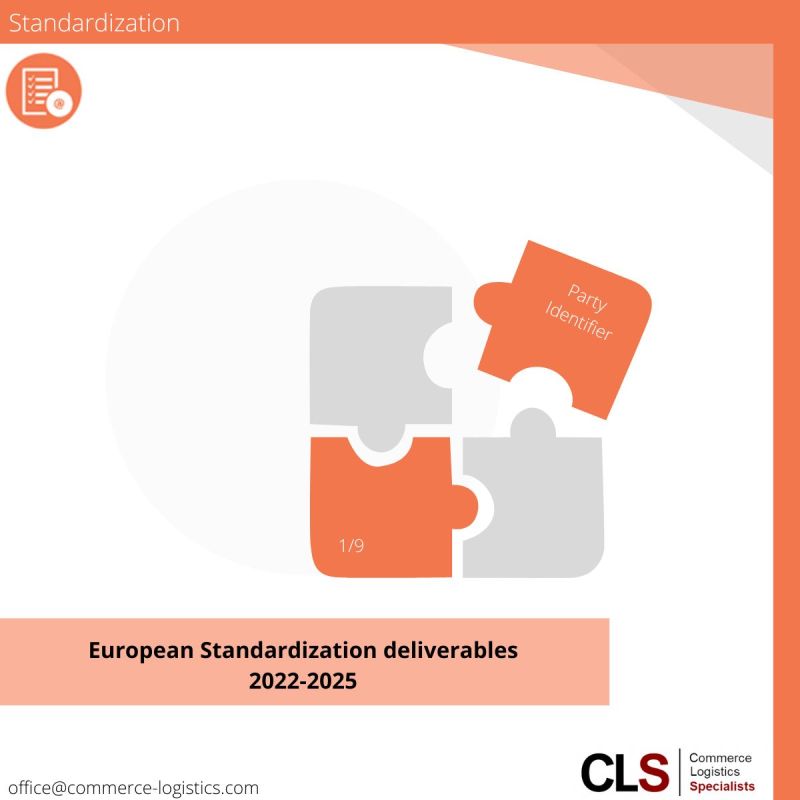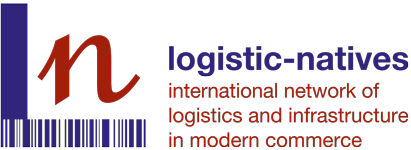Postal Party Identifiers – names and numbers for the postal sector

The dual #green and #digitaltransition is encouraging #B2C #supply networks (#ecommerce) to extend both #upstream (into #data even before a sale has been conducted) and #downstream (beyond the #delivery of items to consumers). In the #postal sector, the Universal Postal Union (#UPU) acts as the consolidator, facilitator, and common denominator to create an #infrastructure which aligns #networks, wider #stakeholders, UPU members and #operators.
In the postal #industry data must be exchanged in advance at item level for all items containing goods. Consequently, all the parties involved must be clearly and unambiguously identified. This is best achieved with a harmonised system of #identification codes, linked to a #database, containing party details, and which can be accessed by all authorised users.
The UPU’s Specification S35 provides such party identifiers. Already developed and implemented for designated postal #operators, this specification is also open to non-designated operators and is designed to:
-identify all parties involved in mail processing, including mail #service contractors, consolidators, #carriers, #customs authorities, delivery #contractors and facilities managers;
-identify equipment #suppliers and customers;
-allow mail service contractors to assign their own identifiers for the above parties;
-allow for aliases, whilst minimising the number of situations in which a single party is allocated multiple identifiers;
-be compatible with open #standards, ensuring identifiers are globally unique;
-have a hierarchical #structure, such that, if the domain within which an identification code is defined can be established from the context, only that part of the #identifier which is unique within the domain needs to be given;
-be compatible with UPU standard S31: Assignment of issuer codes;
-support the continued use of party identifiers, such as carrier codes (i.e., #IATA), which are already used in existing UPU standards;
-support the use of a party’s party identifier(s) as a component of identifiers for other entities, based on, such as party defined #locations, #plant and #equipment, #products and #services, etc.;
-allow the role played by an identified party to be specified, either as part of the same data construct, or in a separate one.
#Digital identification of postal operators is a new standardisation deliverable within the European Committee for Standardization (#CEN) which promotes interoperability between national #networks and supports an #efficient universal service in #Europe.
More on LinkedIn

Walter Trezek
Document Exchange Network GmbH

